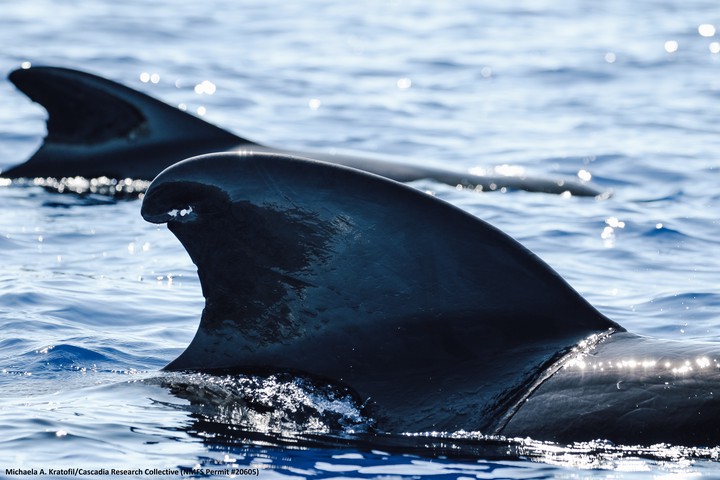Movement modelling for sonar received level estimation

Estimating individual received levels (RL) of sound during mid-frequency sonar activities requires knowledge of the location of the sound source (and level of sound emitted) and position of the focal individual. With the former already known, a sound propagation model is used to estimate sound levels through space and time while accounting for influences of static variables such as bathymetry. To obtain the animal’s position, satellite tags are deployed before sonar activities begin and locations are estimated via the Doppler effect and processed by Argos CLS location algorithms. However, these locations are accomodated with substantial error inherent with cetacean telemetry (PTT tags), such as tag placement, latitudinal range of satellites, and animal behavior. A tagged animal must surface in order for an observation to be made between the tag and the satellite; the surfacing period must be long enough to transmit message(s) and there also must be a sufficient number satellites available to detect the tag platform. The development of Fastloc-GPS tags are an improved alternative to Argos satellite-only transmitting tags by providing much more accurate positions, however these tags are of increased cost (and never recovered) and are often only deployed on prioritized species that are opportunistically encountered. Consequently, RL estimates can be greatly biased by positional uncertainty. For this project, we aim to account for positional uncertainty by using state-space movement models that incorporate error associated with positions transmitted from deployments on odontocetes around Kaua‘i. More specifically, we use error ellipse information that is estimated from the Kalman filter location algorithm (processed by Argos CLS) to formulate an error model that is incorporated into movement models. We use dive behavior data archived by tags to estimate animal positions in x, y, and z planes, as estimated sound varies by depth. In addition, we are experimenting with options to adjust model fitted movement paths for positions unrealistically close to shore, not commensurate with recorded dive depth, or on land (did you know that dolphins can climb mountains?). To see past reports and publications on RL estimation and behavioral response studies, visit www.cascadiaresearch.org/publications.